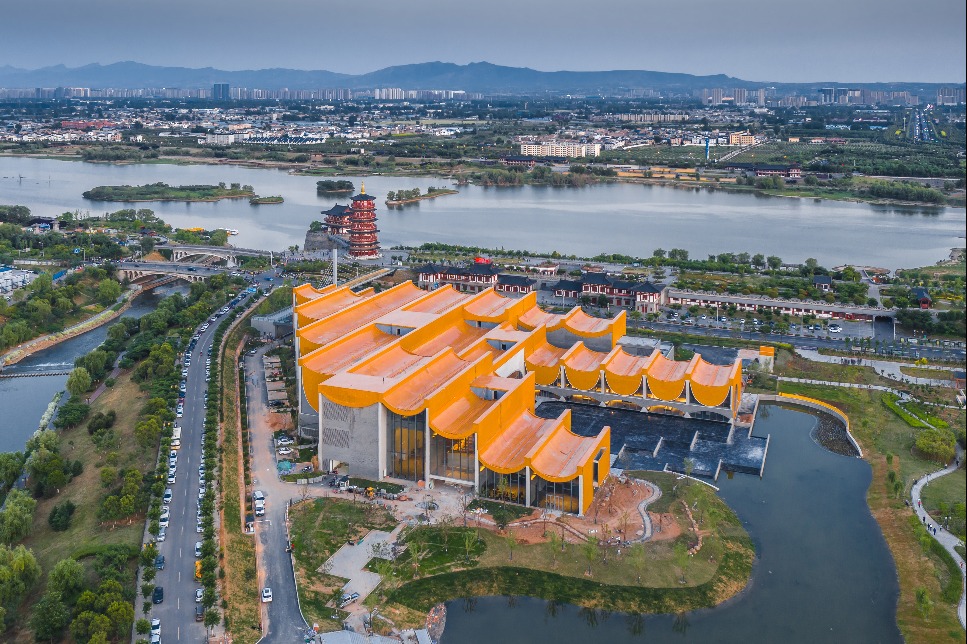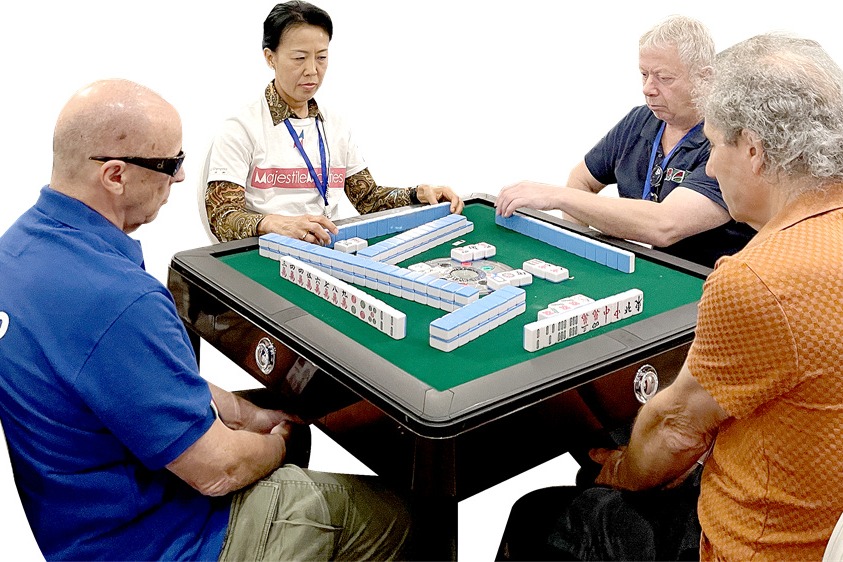China and ASEAN forge sustainable development pathways through collaborative action
By Yang Ran | chinadaily.com.cn | Updated: 2024-03-26 17:30
China and ASEAN, as close neighbors and important partners, possess extensive opportunities for collaboration in multiple sectors, for example, the green economy and climate action, which also helps to promote the sustainable development of the regional economy, experts said.
Green development has always been a crucial area for practical collaboration between ASEAN and China, said Guo Chuanwei, director of the Trade and Investment Division of ASEAN-China Center.
Speaking at the ASEAN and China Dialogue on Bio-Circular-Green Economy and Climate Action for the Region, co-hosted on Monday by the Center for China and Globalization, the embassy of Thailand, and other organizations, Guo highlighted the fruitful outcomes of the collaboration between China and ASEAN in green development.
According to Guo, over the past eight years, China has cooperated with Cambodia in building low-carbon demonstration projects, providing the locals with new energy vehicles, environmental monitoring equipment, and other materials.
"As for cooperation between Thailand and China in green energy, it is worth mentioning the wind power project and new energy vehicles," he added.
Michelle Tiong, deputy director of Maycham China, spoke highly of China and Malaysia's collaboration on green development by listing key cases of bilateral cooperation.
Impressed by the China-Laos railroad, Malaysia decided to begin cooperation with China to build the East Coast Rail Link, which once completed, can link the east and west coasts, improving the level of interconnectivity between the states of the Malay peninsula, contributing to the sustainable development in the region, said Tiong.
Also, Malaysia has benefited from its collocation with China in renewable energy technologies, said Tiong.
"Up to date, LONGi Green Energy, a Chinese company, has invested more than 10 billion yuan ($1.39 billion) in Malaysia to develop energy industry technologies. The world's first vertically integrated monocrystalline silicon solar manufacturer is based in Malaysia because of the company's investment in the country," she said.
So we are very thankful for the BRI Initiative, which has actually helped Malaysia to pioneer comprehensive decarbonization within the region, she added.
"Green development is not just a necessary response to global climate change but also a vital pathway to ensure the sustainable economic growth of the region," Guo said.
"China and ASEAN will continue to conduct international cooperation in this field based on the principle of mutual benefit and win-win cooperation."
























